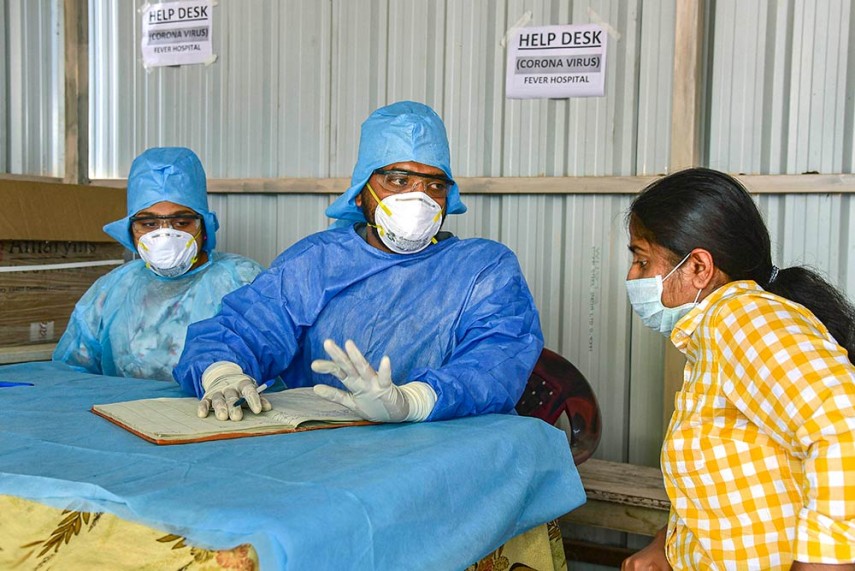With the increasing frequency of extreme heat events, it’s crucial to prioritize the safety of children who are particularly vulnerable to heat-related illnesses. Here are some doctor-approved, SEO-friendly tips to keep kids safe during scorching temperatures.
1. Stay Hydrated
Hydration is paramount during extreme heat. Children often forget to drink water, especially when they’re busy playing. Encourage regular water breaks even if they don’t feel thirsty. Avoid sugary drinks and caffeinated beverages, as they can lead to dehydration. Water and electrolyte-rich drinks are the best choices.
2. Dress Appropriately
Lightweight, loose-fitting clothing made of natural fibers such as cotton is ideal for hot weather. These materials help the body stay cool and allow sweat to evaporate. Light-colored clothes reflect heat better than dark colors. Don’t forget a wide-brimmed hat and sunglasses for additional protection from the sun.
3. Limit Outdoor Activities
Plan outdoor activities during cooler parts of the day, typically before 10 a.m. and after 4 p.m. This minimizes exposure to the sun’s most intense rays. When outdoor play is unavoidable, ensure there are frequent breaks in the shade and plenty of hydration.
4. Use Sunscreen
Applying **broad-spectrum sunscreen with an SPF of at least 30 is essential whenever your child is outdoors. Reapply every two hours, or more often if they are swimming or sweating. Sunscreen helps prevent sunburn, which can further impair the body’s ability to cool itself.
5. Never Leave Children in Cars
Never leave children unattended in a vehicle, even for a short period. The temperature inside a car can rise rapidly, leading to heatstroke or even death. This is critical advice to heed in any situation, no matter how briefly you plan to be away.
6. Create Cool Spaces
Keep your home cool by closing curtains or blinds during the hottest part of the day. Use fans or air conditioning to maintain a comfortable indoor temperature. Create a cool zone in your home where kids can relax and play away from the heat.
7. Recognize Signs of Heat-Related Illness
Parents should be aware of the signs of heat exhaustion and heatstroke. Symptoms of heat exhaustion include heavy sweating, weakness, dizziness, nausea, and headache. **Heatstroke symptoms** are more severe and include a high body temperature (above 103°F), hot, red, dry or moist skin, a rapid pulse, confusion, and possible unconsciousness. **Seek medical help immediately if you suspect heatstroke.
8. Keep Infants Cool
Infants are particularly vulnerable to extreme heat. Keep babies in cool, shaded environments and ensure they are dressed appropriately. Breastfeed or bottle-feed more frequently to keep them hydrated. Avoid using blankets or heavy clothing, and monitor for signs of heat-related stress.
9. Ensure Proper Ventilation
Proper ventilation is essential to prevent overheating. Use fans or air conditioning to maintain air circulation. If you don’t have air conditioning, consider visiting public places like malls, libraries, or community centers that are air-conditioned.
10. Encourage Water Play
Water activities are an excellent way to keep children cool. Supervised water play with sprinklers, water tables, or at a pool can help lower body temperature. Always ensure constant adult supervision when children are playing in or near water.
11. Limit Intense Physical Activity
During heatwaves, it’s best to limit strenuous physical activities. Encourage kids to engage in quieter activities like reading, drawing, or board games during the hottest parts of the day.
12. Educate and Prepare
Teach children about the importance of staying cool and hydrated. Educating them on the signs of heat exhaustion and heatstroke can empower them to take proactive steps. Make sure they know to seek shade and rest if they start feeling overheated.
13. Use Cooling Accessories
Cooling towels, neck wraps, and hats with built-in fans can be very effective in helping to regulate body temperature. These items can be particularly useful during outdoor activities.
14. Plan Ahead for Travel
If traveling, plan your trip to avoid peak heat times. Ensure the car is well-ventilated and take plenty of water and cooling accessories. Schedule frequent breaks in shaded or air-conditioned places.
15. Monitor Weather Alerts
Stay informed about heat advisories and warnings. Local weather apps and alerts can provide up-to-date information on heatwaves, helping you plan activities accordingly and take necessary precautions.
Conclusion
Extreme heat poses significant risks to children, but with these doctor-approved tips, you can ensure they stay safe and healthy. Hydration, appropriate clothing, limited sun exposure, and vigilant monitoring are key to preventing heat-related illnesses. By being proactive and prepared, you can enjoy a fun and safe summer with your children.
For more health tips and updates, consider subscribing to our newsletter and staying informed about the best practices to keep your family safe during extreme weather conditions.
Related Tags:
Extreme heat safety, keeping kids cool, hydration tips for children, summer safety for kids, heatstroke prevention, heat exhaustion signs, child sun protection, hot weather clothing, outdoor activity planning, sunscreen application, car safety for kids, cool home tips, infant heat safety, water play supervision, limiting physical activity, cooling accessories, travel safety in heat, monitoring weather alerts, preventing heat-related illnesses, doctor-approved heat tips.











